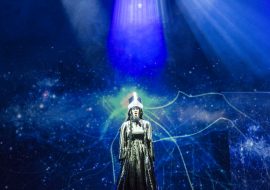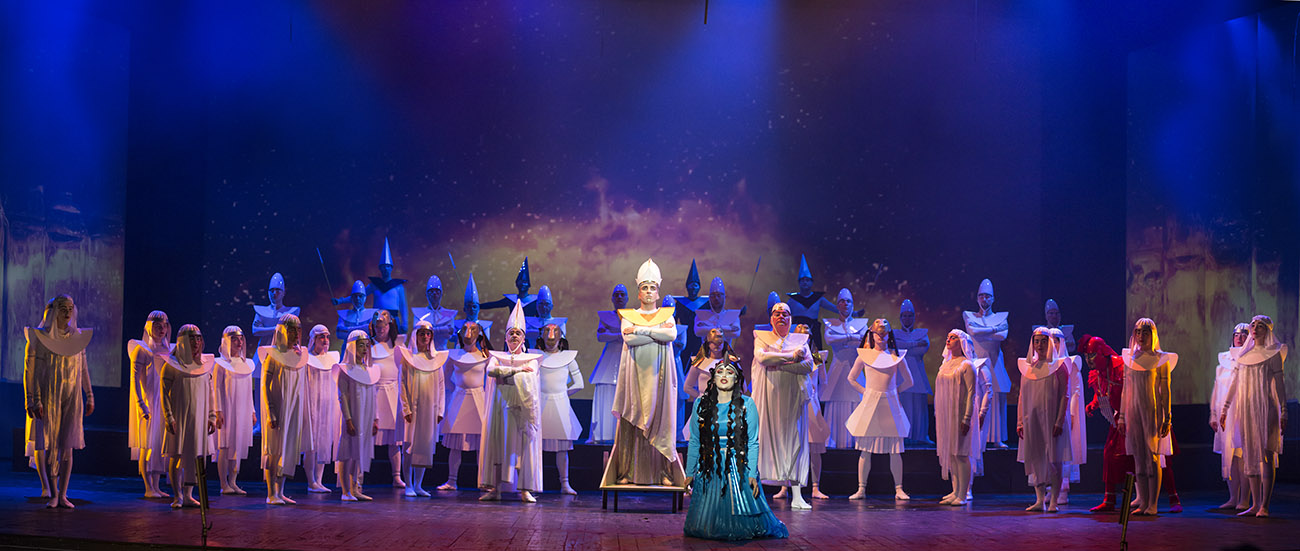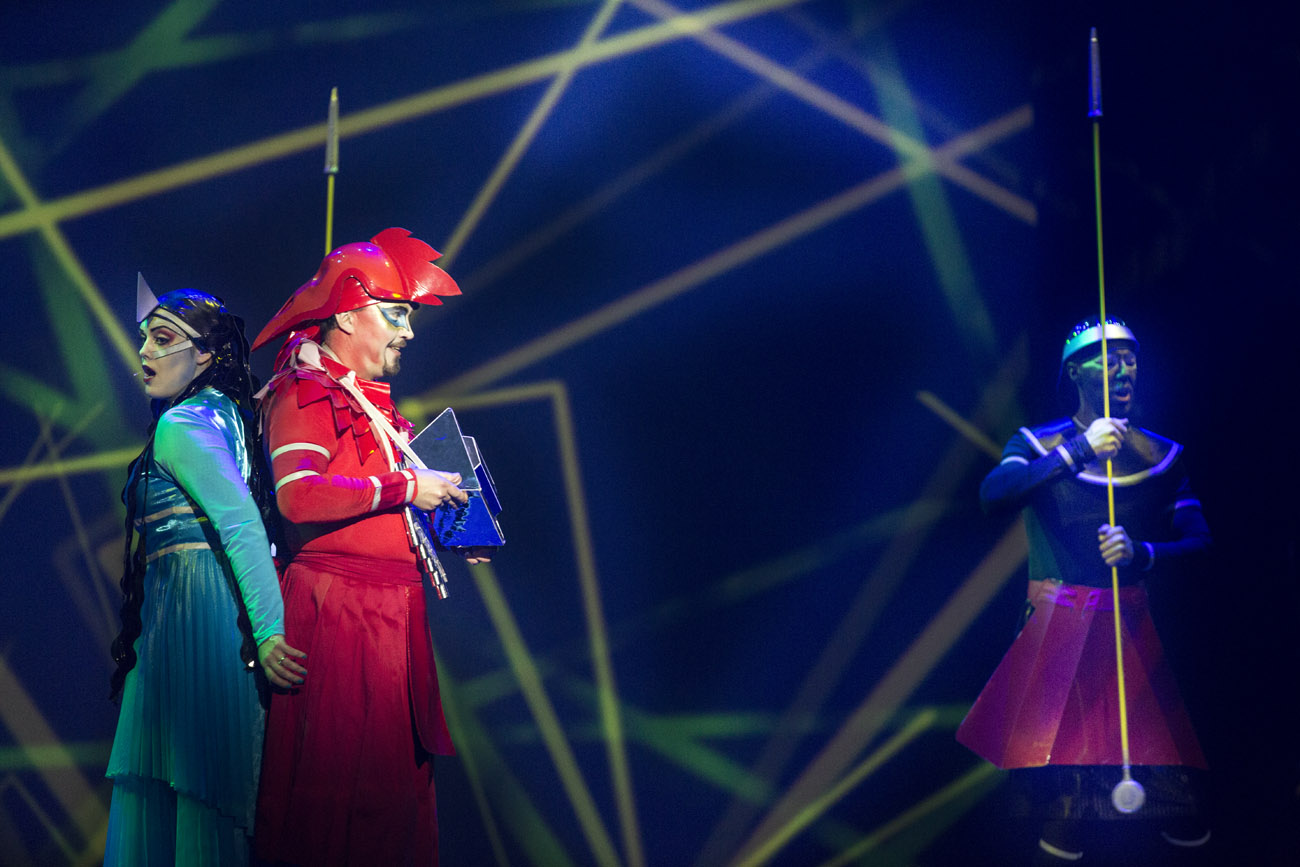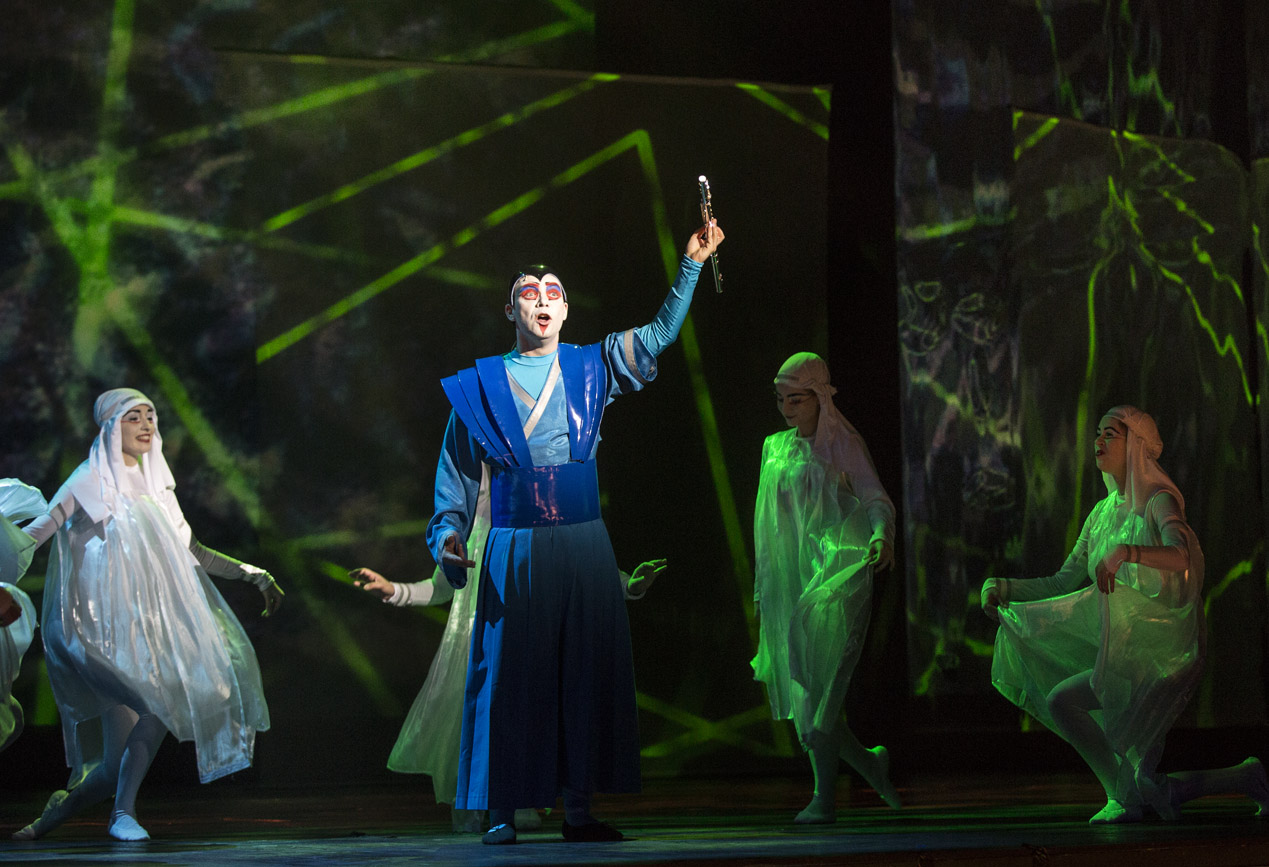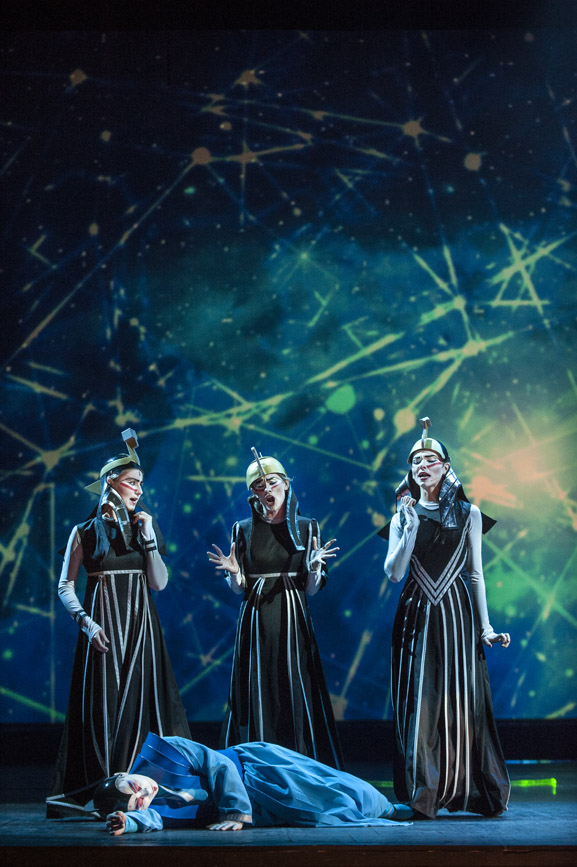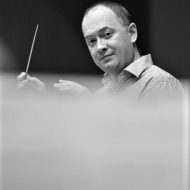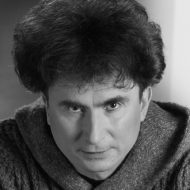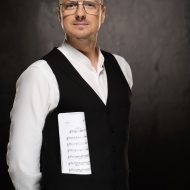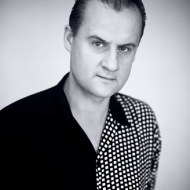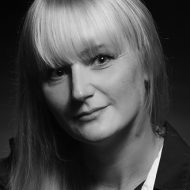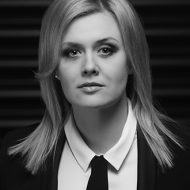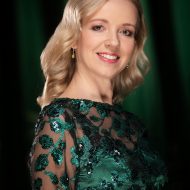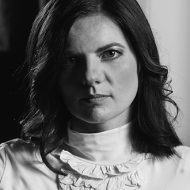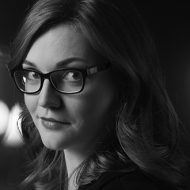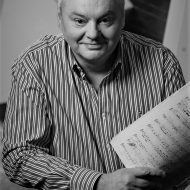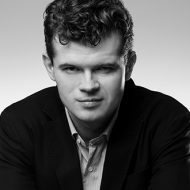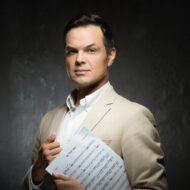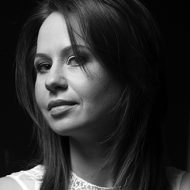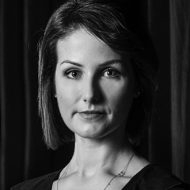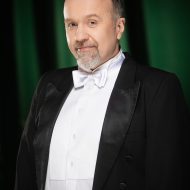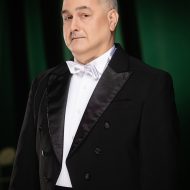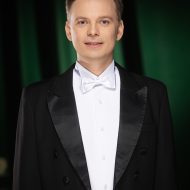This masterpiece, regarded as one of the most mysterious and inscrutable pieces of music, was composed by Mozart in the last months of his life, in parallel to his famous Requiem. Even though “Die Zauberflöte” is already over 200 years old, it keeps captivating audiences all over the world. The splendour and evocative power of this opera transform it into a beautiful, colourful fairytale, with prominent freemason symbols. On the universal level, though, it is a classical love story where we follow the coming-of-age of the main protagonists, forced to choose their life path. The history of prince Tamino and princess Pamina is a moving tale of devotion and fidelity that comes with true love, at the same time showing that our greatest treasure is freedom, which we all have to win for ourselves.
SYNOPSIS
Egyptian prince Tamino embarks on a quest to free Pamina, daughter of the Queen of the Night, from the clutches of Sarastro. Accompanied by the bird-catcher Papageno, he receives the magic flute which has a transformative power. The lovers have to undergo trials of silence, fire and water. The main storyline is structured around the conflict between the Queen of the Night, who symbolizes the world of darkness, and Sarastro, ruler of the light. With his brilliant description of the characters, Mozart brought out the tale’s ideological background, showing the eternal struggle between good and evil and the Enlightenment ideals: human heroism conquering weakness and despair, and the praise of reason and virtue.
PRODUCTION
In line with the libretto, the plot is set in Egyptian, fairytale-like scenery. The evocative and powerful visual layer of the multimedia stage design, prepared specially for this production, transports the events unfolding on the stage into a digital dimension. The audience takes part in a visual trance of sorts, where the lighting effects correspond to the psychological condition of the protagonists. The pulsating illuminations and movements reflect the struggle between light and darkness.
World premiere: November 30, 1791, Freihaustheater auf der Wieden, Vienna
Premiere: December 19, 2014



